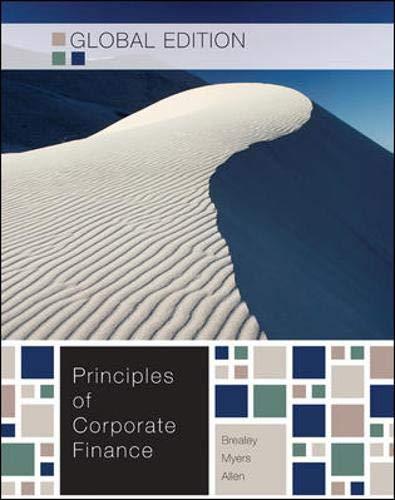Answered step by step
Verified Expert Solution
Question
1 Approved Answer
3 . Firm A s common stock pays no dividends and sells for $ 3 8 . Firm B s common stock pays a $
Firm As common stock pays no dividends and sells for $ Firm Bs
common stock pays a $ cash dividend and sells for $
Both firms have $ par convertible bonds with a year maturity and a
coupon. Firm As bonds convert into shares of common stock, while
Firm Bs convert into shares of common stock. Both firms bonds are
currently selling for $
a What is the value of each bond in terms of stock?
b What is the premium paid over each bond's value as stock?
c What is each bond's income advantage over the stock into which the
bond can be converted?
d How long will it take for the income advantage to offset the premium
identified in part b
e If after five years, Firm As stock sells for $ and the firm calls the bond,
what is the holding period return and the annual rate of return earned on an
investment in the stock or the bond?
f Why is the holding period return misleading?
g If the stock splits what impact will that have on the price of the
convertible bond?
h If the convertible bond is held to maturity, what does the investor
receive? What is the annualized return?
Step by Step Solution
There are 3 Steps involved in it
Step: 1

Get Instant Access to Expert-Tailored Solutions
See step-by-step solutions with expert insights and AI powered tools for academic success
Step: 2

Step: 3

Ace Your Homework with AI
Get the answers you need in no time with our AI-driven, step-by-step assistance
Get Started


